My Hair Brush Game Needed a Major Upgrade—These 10 Tools Delivered
No knots or breakage here.
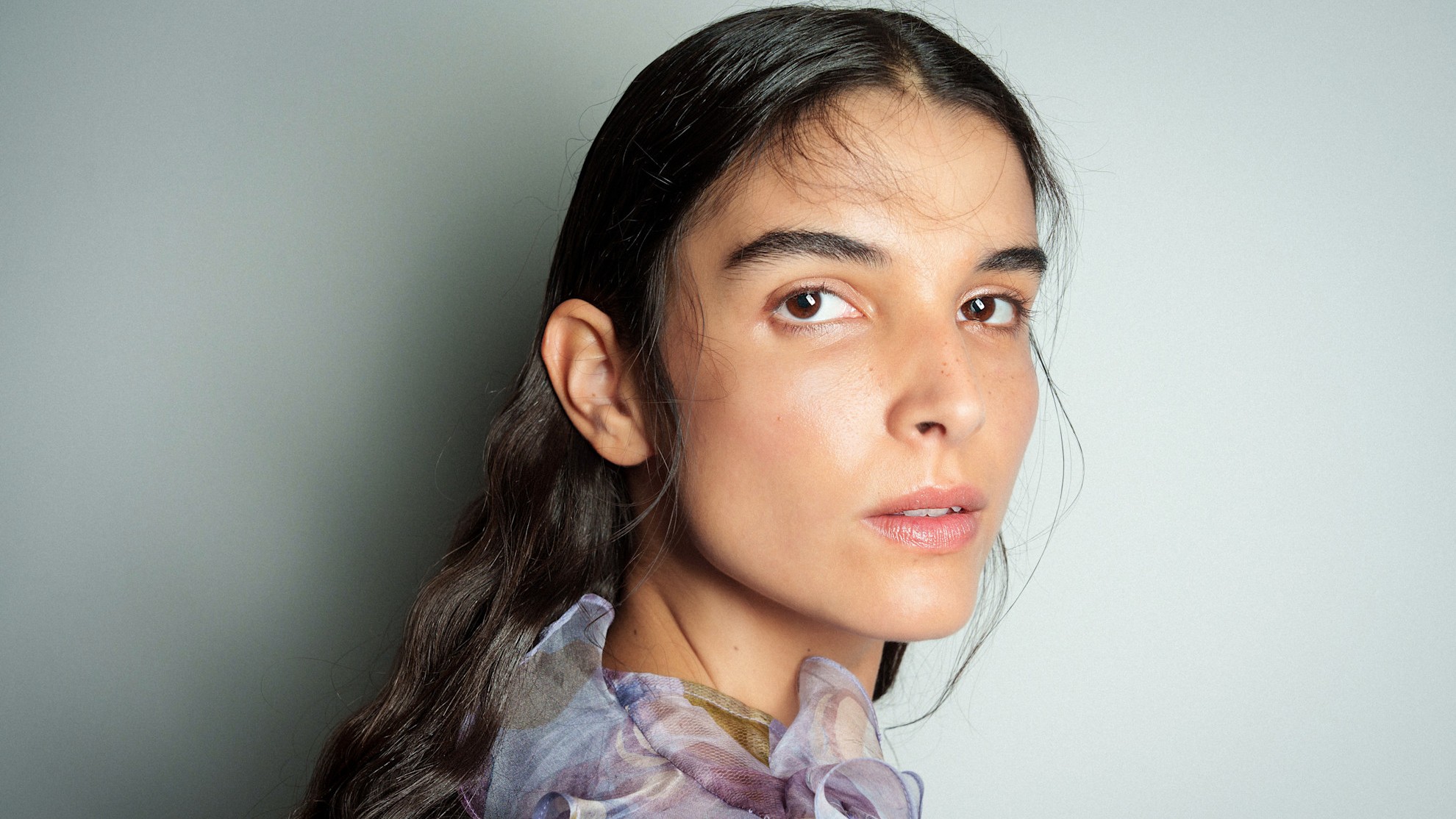

When I was a kid, hair brushes fell into two simple categories: brushes and combs. But in 2025, the best hair brushes come in all shapes and sizes. From gentle boar bristles and ceramic round brushes, to flexible nylon prongs and hollow paddle (un)brushes, the haircare industry is absolutely booming with brushes that actually make brushing a breeze.
The best part about this hairbrush renaissance is that a brush can now do so much more than style and detangle. The staple beauty tool has been revamped to put hair health first. With new and improved bristle combinations, a hairbrush alone can distribute natural oils, moisturize the hair shaft, stimulate hair growth, and power through knots without causing breakage or split ends. While a great detangling spray can work wonders and a few drops of hair oil provide a stunning shine, there’s just nothing like the power of a quality hair brush.
No matter your hair type and texture, I can assure you there’s one (or many!) out there that’s perfect for you. With so many impressive products on the market, I’ve set out to make your quest for the best a little easier. With tons of testing from myself and Marie Claire editors, and a few hand-picked favorites from celebrity hairstylists Temur Hamilton, Edgar Parra, and Kimberly Kimble, I’ve compiled a list of the 10 best brushes that check off every styling and haircare desire.
The Best Hair Brushes
- The Best Hair Brush Overall: RPZL Polisher Brush
- The Best Detangling Hair Brush: Tangle Teezer The Ultimate Detangler
- The Best Hair Brush for Sensitive Hair: La Bonne Brosse N.03 the Gentle Scalp Care Hair Brush

This hairbrush has it all. It's packed with boar bristles that condition and add shine by distributing natural oils throughout the hair. It also boasts nylon bristles that smooth out knots and massage the scalp to promote hair growth. Designed for all hair types and every styling desire, it applies just the right amount of tension without causing breakage. It's also heat-friendly.
Hair Type: All
Bristle Type: Boar and nylon
Wet or Dry Hair: Both
What I Love: Mixed bristles; Never tugs; Affordable
What I Don't: Nothing
Review for MC: "The RPZL Polisher Brush has been my go-to for months now. The flexible nylon bristles really get into the root of my hair to detangle any and all stubborn knots without any pulling. Meanwhile, the boar bristles seriously smooth out my locks and definitely boost my hair's shine factor. It works amazingly at brushing out my freshly curled hair without causing frizz or completely erasing the curls I just created. I also love it for slicked-back styles, since the nylon bristles brush out bumps and the boar bristles smooth and slick my style down." — Emma Aerin Becker, Freelance Beauty Writer
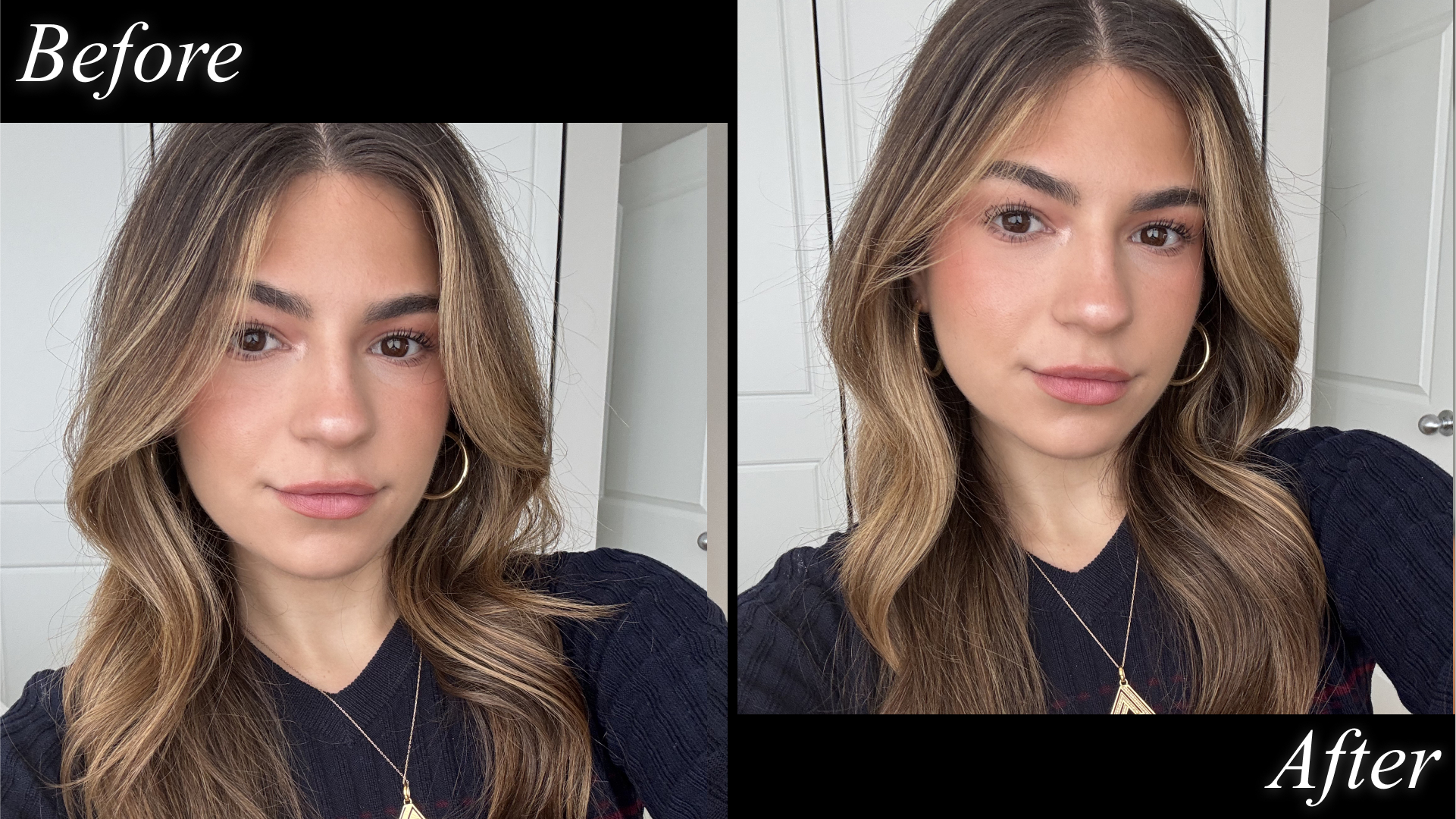
Emma Aerin Becker uses RPZL hair brush

Knotty hair is no match for the Tangle Teezer. The unique brush utilizes a patented two-tiered teeth technology that easily glides through fragile wet hair, no matter how much product you've applied. So whether your hair is thin, thick, or curly, the long teeth will always detangle, while the shorter teeth smooth. Plus, the product comes in tons of pretty pastel shades.
Hair Type: All
Bristle Type: Plastic
Wet or Dry Hair: Both
What I Love: Great for wet hair; Easy glide; Fun color range
What I Don't: Can't use while heat styling
Review for MC: "The Tangle Teezer seriously lives up to the hype. I can always count on this tool to comb through my freshly-washed locks without a single pull. I also love how the two-tiered teeth evenly distribute product from my mids to ends in seconds. While specifically designed to be gentle on wet hair, I find it also works great at detangling my dry hair when I'm in a pinch!" — Emma Aerin Becker, Freelance Beauty Writer
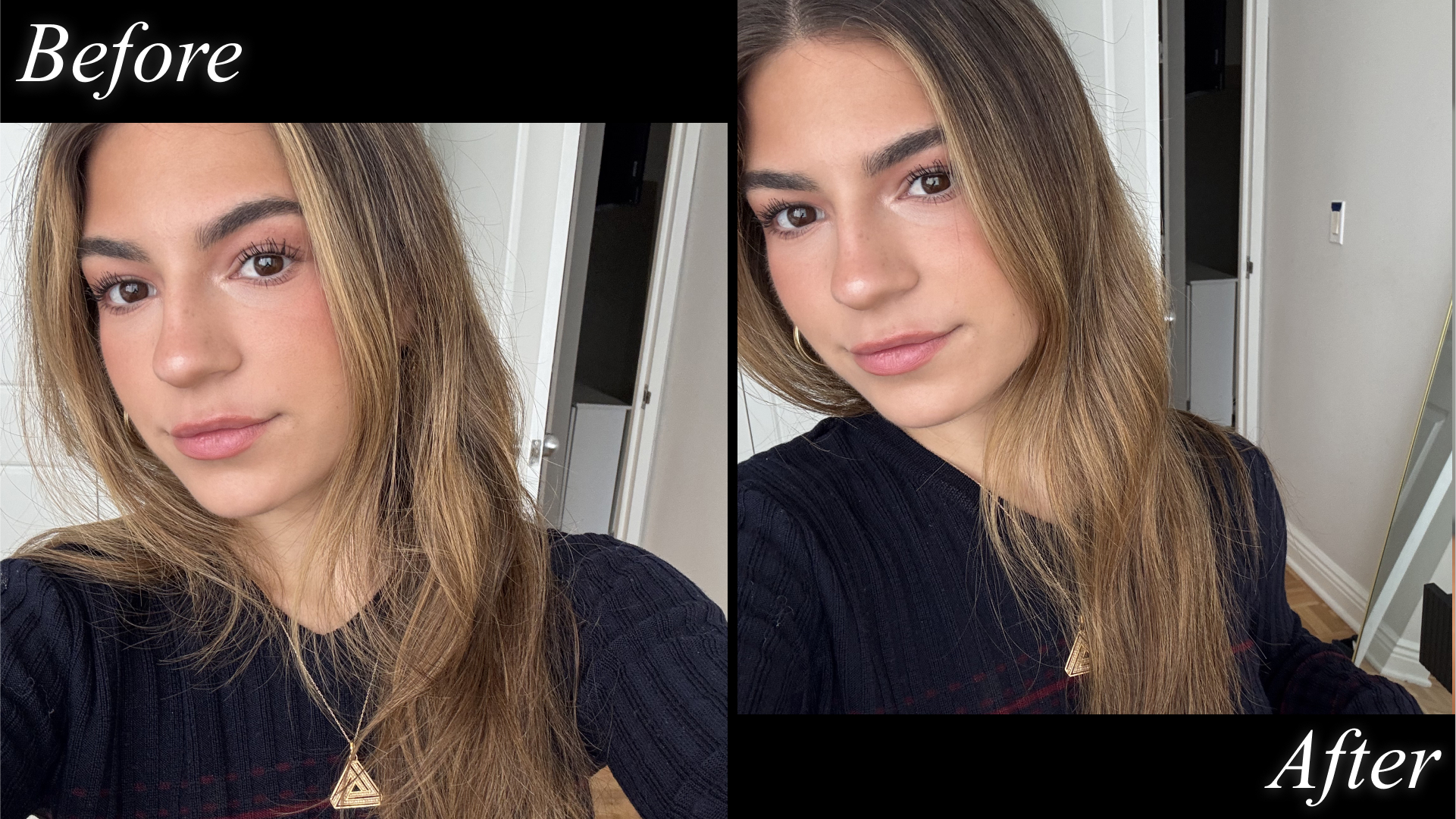
Emma Aerin Becker uses the Tangle Teezer

"One of my go-to brands for brushes is the La Bonne Brosse collection," says Hamilton. "I especially like the No. 3 The Gentle Scalp Care hair brush," he adds, because it is perfect for sensitive hair. "Its soft nylon fibers hold keratin while the boar bristles coat the hair cuticle to instantly moisturize and protect strands." The tool also comes in tons of chic shades to ensure your bathroom sink looks nice even when you forget to put your brush away.
Hair Type: All
Bristle Type: Nylon and boar bristles
Wet or Dry Hair: Both
What I Love: Expert-approved; Great for sensitive hair; Sleek design
What I Don't: Pricey
Review for MC: I’m a firm believer in splurging on the items you use every day, and I never realized how much a quality hairbrush could change my hair for the better until I switched to La Bonne Brosse. I have fine, but extremely dense hair—this means that it is especially prone to breakage and tangles. The boar bristles keep my hair insanely shiny, while the detangling nylon fibers glide through knots without causing breakage. I used to deal with constant frizz and split ends, but after using this daily, my hair looks smoother, healthier, and overall better.” — Siena Gagliano, Contributing Beauty Writer
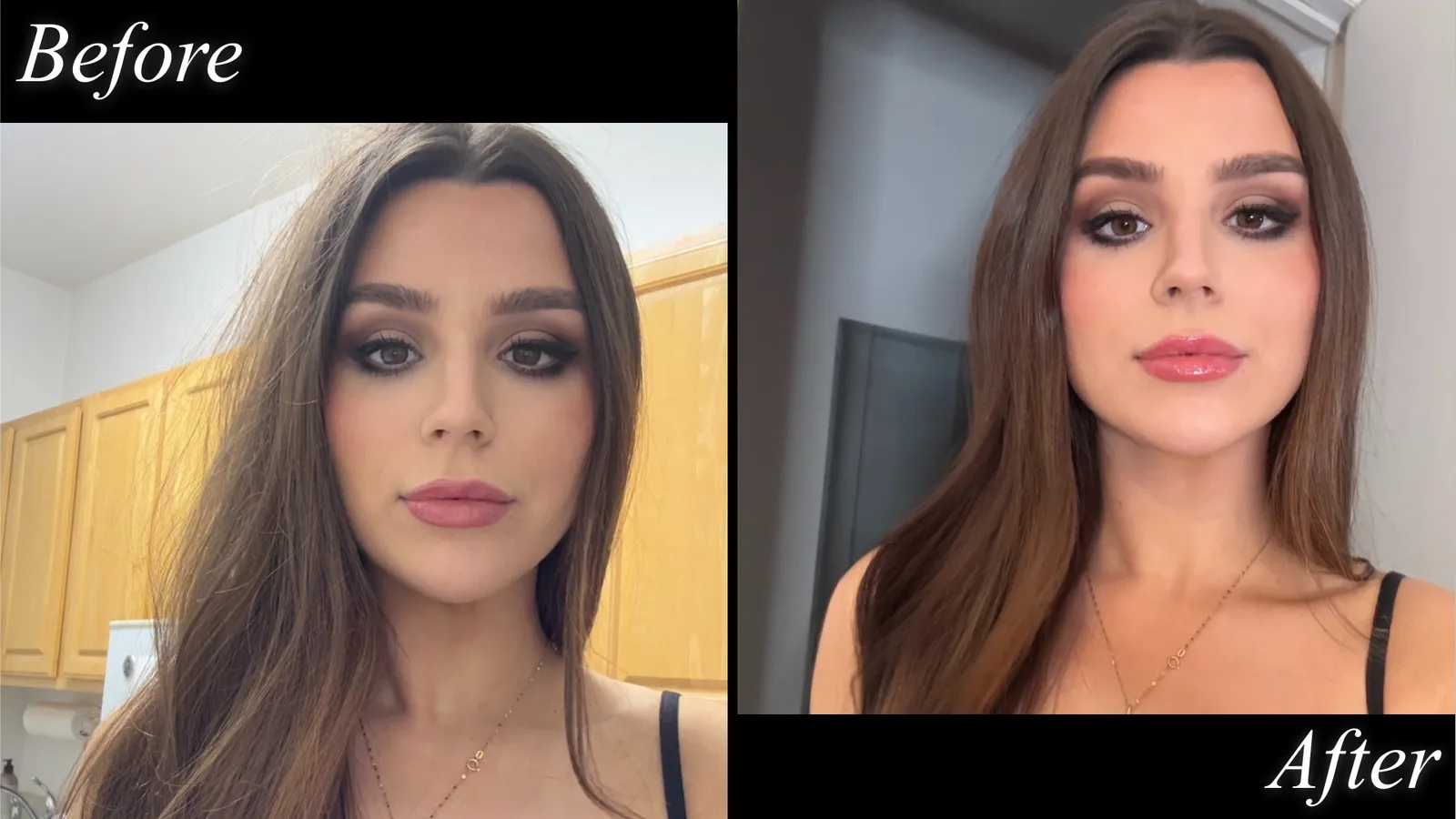
Siena Gagliano tests the La Bonne Brosse brush
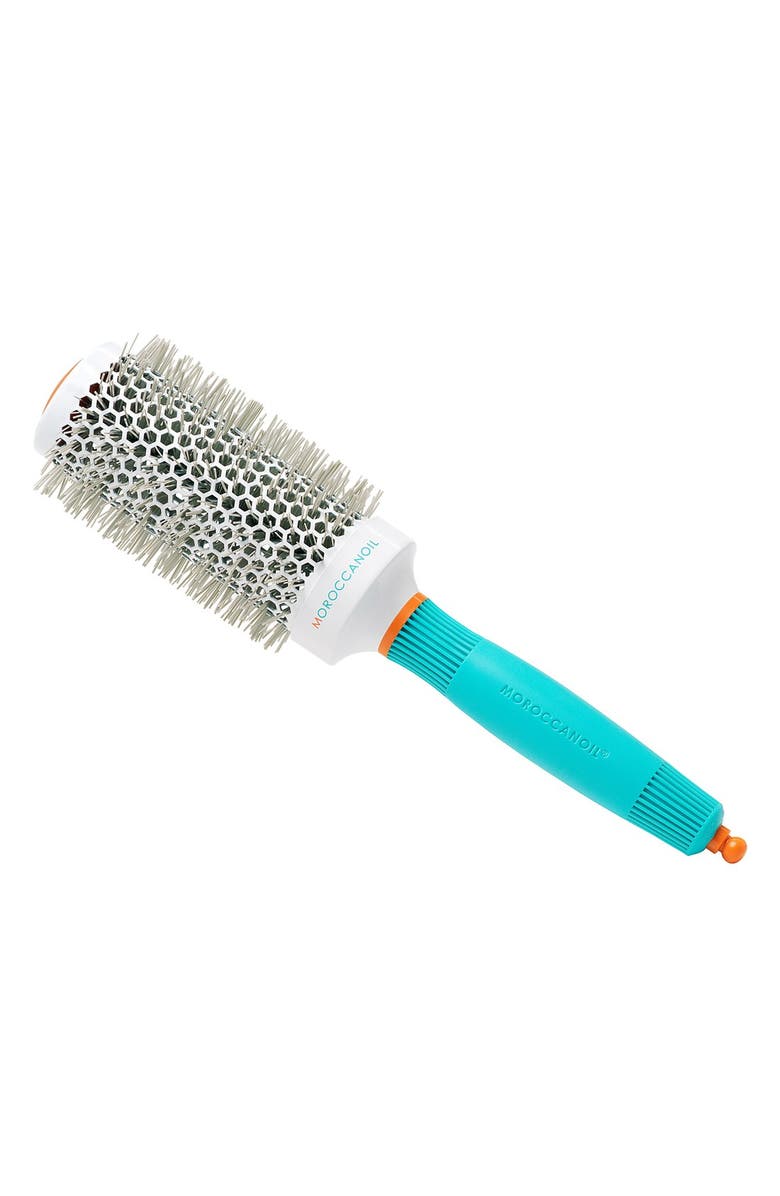
While the Dyson Airwrap has become the ultimate blowout tool, there's something beautiful about bringing it back to the basics with a round brush and classic blow dryer. For the perfect blowout every time, Moroccanoil created ceramic round brushes that speed up drying time, provide even heat distribution, and boost shine.
Hair Type: All
Bristle Type: Ceramic
Wet or Dry Hair: Both
What I Love: Easy breezy blow out; Comes in all sizes; Fast-drying
What I Don't: Some reviewers wish the bristles were stiffer
Customer Review: "If you’re looking for a hair brush that won’t burn or break your hair this is it. Believe me. I blow dry my hair 3-4 times a week so I needed a brush that protects my hair. this is the best option I have found so far." — Amazon
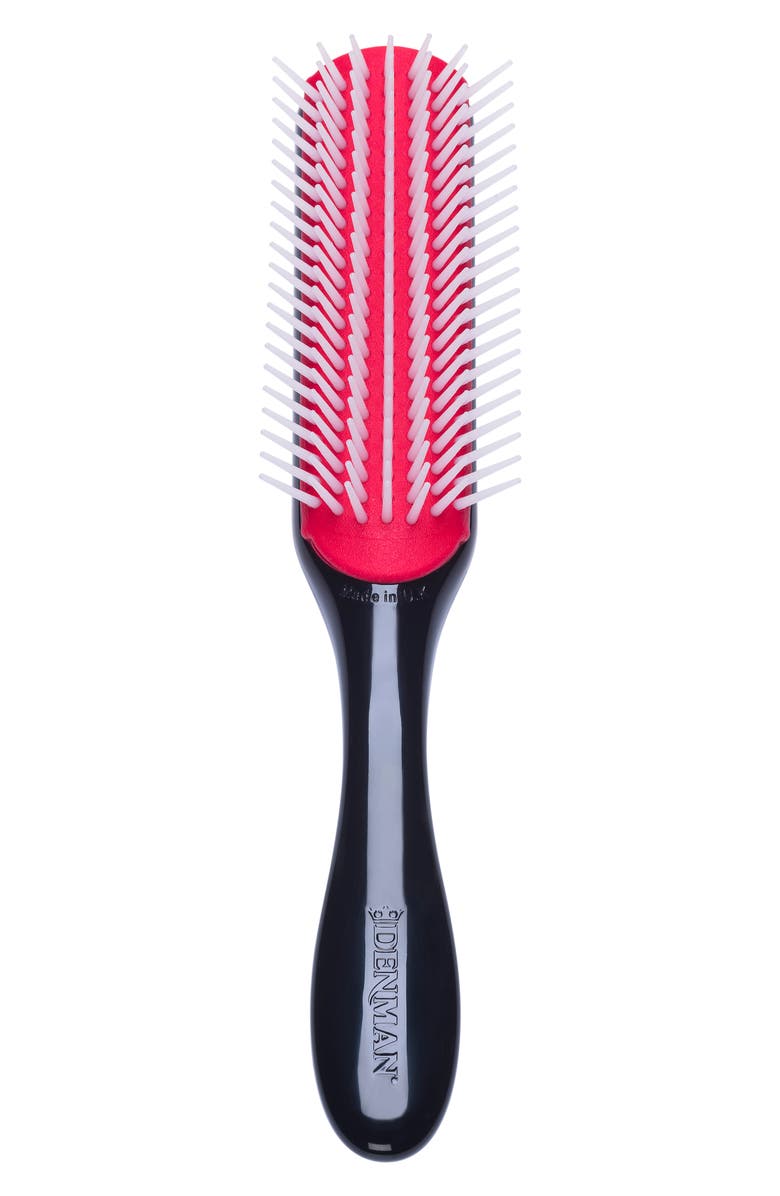
"Denman offers several impressive brushes designed specifically for textured hair," says Hamilton. "The Original Curl Definer & Styler is ideal for blow drying and precision styling, creating a smooth finish with added volume and curl definition." Simply brush out your wet curls and watch the definition appear, or twirl small sections around the handle for perfect coils. The seven rows of bristles can actually be individually removed to customize the brush based on your hair density.
Hair Type: Curly
Bristle Type: Plastic
Wet or Dry Hair: Wet
What I Love: Created for textured hair; Customizable for different hair densities
What I Don't: Can be hard on the scalp
Customer Review: "I have been using a Denman hair brush since I was in high school... many years ago. At that time my hair was very long, now it is short. My brush has been perfect for every hair style even the few years of having a perm. I never want to be without my Denman hair brush!!" — Nordstom
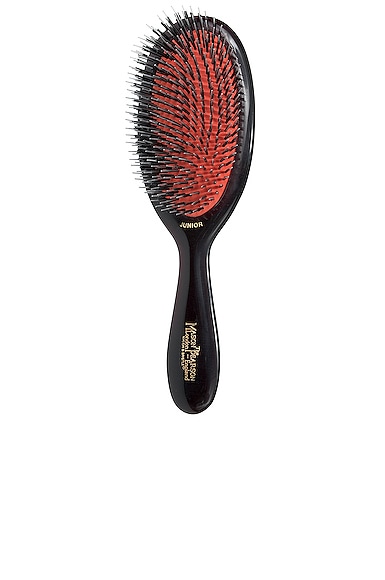
Nearly every hairstylist I spoke to gushed over the Mason Pearson hairbrush. "It's a staple because it's great for smoothing, styling, and brushing hair out," says Kimble. Parra adds that they're "incredible for detangling and protecting the integrity of the hair." Great for any hair type, the brush leaves the hair extra soft by distributing the natural oils from roots to ends.
Hair Type: All
Bristle Type: Nylon and boar bristles
Wet or Dry Hair: Both
What I Love: Expert-loved; Prioritizes hair health; Mixed bristles
Customer Review: Very expensive
Customer Review: "Greatest detangler. No snagging and combs through my curly-wavy hair like butter. Wet and dry hair approved. Extremely expensive but this is honestly all you need for the rest of your life and pass it on to your love ones to use too." — Nordstrom
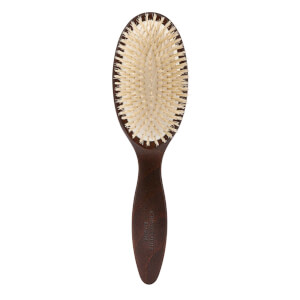
The Christophe Robin Detangling Hairbrush is the way to go for silky smooth, frizz-free hair every time. "Its flexible bristles glide through hair with almost no tugging, helping me avoid unnecessary breakage," says Hamilton. He explains, "It's made with 100 percent natural boar bristles, so it distributes natural oils from root to tip for a glossy finish and gently detangles without causing damage." Pro tip: for extra volume, flip your hair upside down and brush from root to tip.
Hair Type: All
Bristle Type: Boar bristles
Wet or Dry Hair: Dry
What I Love: 100 percent natural boar bristles; Gently detangles; Reduces static and friction
What I Don't: Not ideal for thick hair
Customer Review: "I love this brush. I mean I really love it. It does not rip my hair out, no static, feels good on my scalp and makes my hair shiny and soft." — Amazon
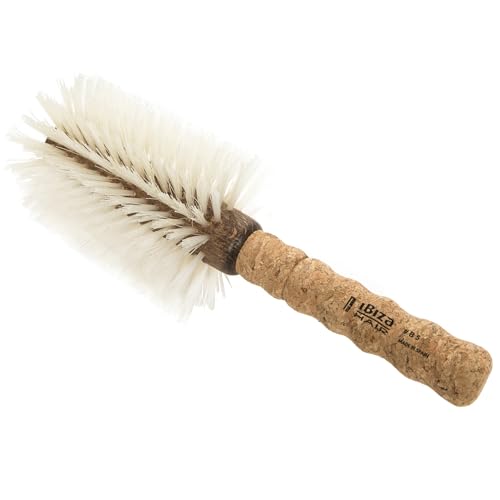
Parra says Ibiza Boar Bristle round brushes are his "go-tos for styling." They're lightweight, strong, and long-lasting, and there are many sizes for every hair length, texture, and density. "The blonde bristles are super gentle on the hair, leaving the hair shiny, smooth, and healthy," he adds.
Hair Type: Fine and color-treated
Bristle Type: Boar bristle
Wet or Dry Hair: Wet
What I Love: Blonde bristles boost shine more than black; Comes in several sizes and bristle lengths
What I Don't: Not as ideal for thick hair
Customer Review: "I rarely write reviews, but i felt compelled to let you know that this is the holy grail of brushes! This brush is amazing! My day 4 hair looks just as good - if not better than my day one hair. The bristles are large and thick enough to grab and hold large sections of hair. The grip is great and gives you the hold you need - without slipping. I’m really impressed with this brush. Definitely worth the money!! I would buy this again. I bought the 80mm size and it’s perfect for my medium length hair." — Amazon
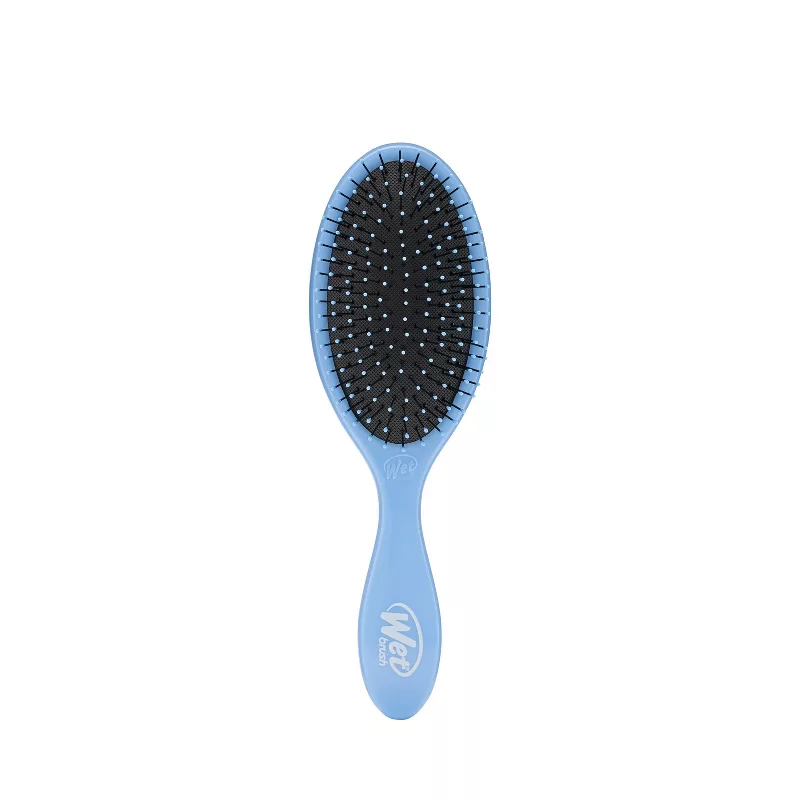
An under-$10 brush that helps hair stay strong and healthy even while wet? Yes, please. The Wet Brush boasts exclusive ultra-soft bristles that gently power through knots on wet or dry hair without pulling or snagging. Bonus: it's suitable for every hair type.
Hair Type: All
Bristle Type: Nylon
Wet or Dry Hair: Both
What I Love: Under $10; Suitable for all hair types; Amazing at gliding through wet hair
What I Don't: Will melt under a blow dryer
Customer Review: "The Wet Brush is a must-have for 4C hair. I was skeptical at first, but it glides through coils and kinks with minimal breakage and zero pain especially when used on damp, conditioned hair. The flexible bristles work with the texture, not against it, making detangling so much easier for my kids and myself. It doesn’t rip or tug, and it helps retain length by reducing shedding. As a beauty pro, I’ve tried countless tools, but this one stays in my kit for both everyday use and protective style prep." — Target
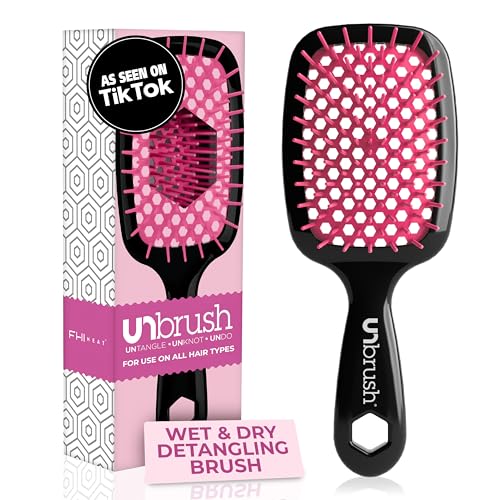
This TikTok viral brush is beloved for its vented base and anti-static bristles. The tool glides seamlessly through even the curliest hair. And while it works to decrease breakage and shedding, the semi-hollow base makes cleaning out the bristles incredibly easy.
Hair Type: All
Bristle Type: Plastic
Wet or Dry Hair: Both
What I Love: Glides easily; Anti-static; Easy to clean
What I Don't: Plastic breaks easily
Customer Review: "I LOVE this brush. By far the best detangling brush I have ever used, and I’ve used a lot. It is very light weight and may look cheap, however, once you use it, you’ll realize how much of a necessity it is for wash day. Before this brush, detangling my hair in the shower used to take so long, however, when using this brush, I probably spend less than five minutes brushing each section, all the knots and tangles are out, and I don’t feel like it is breaking my hair. Another thing I like is that it is VERY easy to clean: after each wash, I take the hair out then hold it up under a faucet with hot water running; after doing that, it’s typically clean. Very curly and coily hair friendly as someone who uses it and has 3c/4a hair." — Amazon
What Should I Look for In a Hair Brush?
"Always consider your hair type when choosing a brush," urges Hamilton. For thin or fine hair, "soft boar bristles are ideal" because they help minimize breakage while adding shine. Meanwhile, "those with thick or textured hair should look for brushes with firm bristles—such as nylon or a combination of nylon and boar—to comb through strands without snagging."
Per the experts, the shape of your brush also plays a huge role. "Different brushes have different functions," explains Kimble. While round brushes are great for blowouts because they add volume and curl definition, paddle brushes are ideal for detangling and smoothing due to their wide surface area, especially on longer hair. Hamilton concurs that "oval brushes are a versatile everyday option," and "a shower brush can be especially helpful for curly or coily hair that needs detangling while wet or during product application."
Parra notes, "I tend to avoid metal brushes as they heat up extremely fast." This can lead to damage and breakage, especially if you blow-dry your hair regularly.
What Kind of Brush is Healthiest for Your Hair?
The type of brush that's healthiest for your hair also depends on your hair type. For straight, fine hair, boar bristle brushes are a great option. "They help distribute your scalp’s natural oils down the hair shaft, seal the cuticle, and add shine," says Hamilton. For thick, coarse hair, a combination of nylon and boar bristles are ideal because they can "better penetrate dense hair strands." And if you're detangling wet hair, "I suggest using a detangling brush or wide-tooth comb specifically designed for use on wet hair to help minimize breakage when your strands are most fragile."
And no matter the brush type, Parra says, "depending on your hair density, I suggest separating the hair into smaller sections to help with the detangling." This method will make the detangling process much smoother and minimize damage.
Why Trust Marie Claire
For more than 30 years, Marie Claire has been an internationally recognized destination for news, fashion and beauty trends, investigative packages, and more. When it comes to the products Marie Claire recommends, we take your faith in us seriously. Every product that we feature comes personally recommended by a Marie Claire writer or editor, or by an expert we’ve spoken to firsthand.
How We Tested
Marie Claire is an authority on hair, having written countless stories about must-have shampoos and conditioners, detangling products, and hot tools. The products on this list have all been tried and tested by one of our editors or hand-picked by beauty writers after testing the product over a few weeks.
While the best hair brush for you will vary based on personal preference, you truly can't go wrong with one of the items on this list.
Meet The Experts

With a passion for hairstyling, Temur, owner of TEMUR Salon, carved out a space in the highly competitive world of beauty, devoting the last 14 years to perfecting his craft. He's worked closely with legendary stylist Sally Hershberger, refining his skills under her expert guidance and has collaborated with some of New York’s leading hair colorists to expand his expertise and artistry.
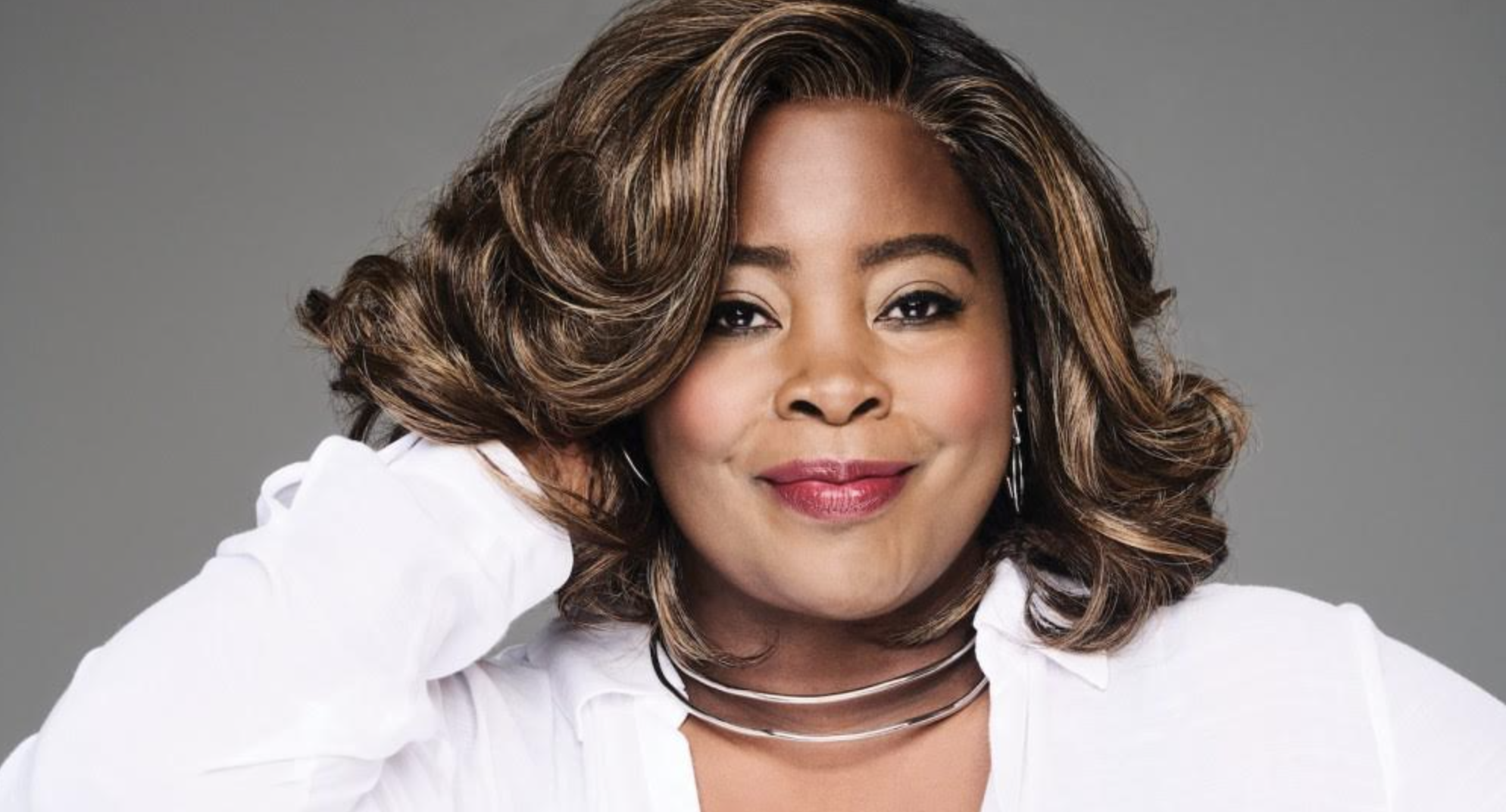
Kimberly Kimble, more commonly called Kim Kimble is a celebrity American hair stylist originally from Chicago, Illinois. She is most recognized for her starring role work on WE tv's L.A. Hair.
Kim has been the go-to hair stylist for some of the world's biggest celebrities. As a Celebrity hairstylist, entrepreneur, and single mother, Kim believes that healthy hair and style should coexist. After working over thirty years in her own salon, she used her knowledge to make high-end hair care products, her Signature line Collection continues to grow, along with being affordable to consumers.
With much success, Kim’s first Hollywood gig was the film, B.A.P.S., and ever since then, it’s become a domino effect of great success. She is the go-to hairstylist for some of your favorite A-list stars such as Beyoncé, Zendaya, Mary J. Blige, Kerry Washington, Shakira, Mary, and more. Kimble has a plethora of iconic looks that have been recreated and have gone viral by her supporters online.

Edgar Parra is a celebrity hair stylist based in New York City, and the senior stylist at BENJAMIN Salon NYC. His impressive portfolio boasts collaborations with high-profile personalities including Bella Hadid, Kate Walsh, Olivia Wilde, Lana Del Rey, Carolyn Murphy, Emily Mortimer, and Martha Stewart.
Get exclusive access to fashion and beauty trends, hot-off-the-press celebrity news, and more.
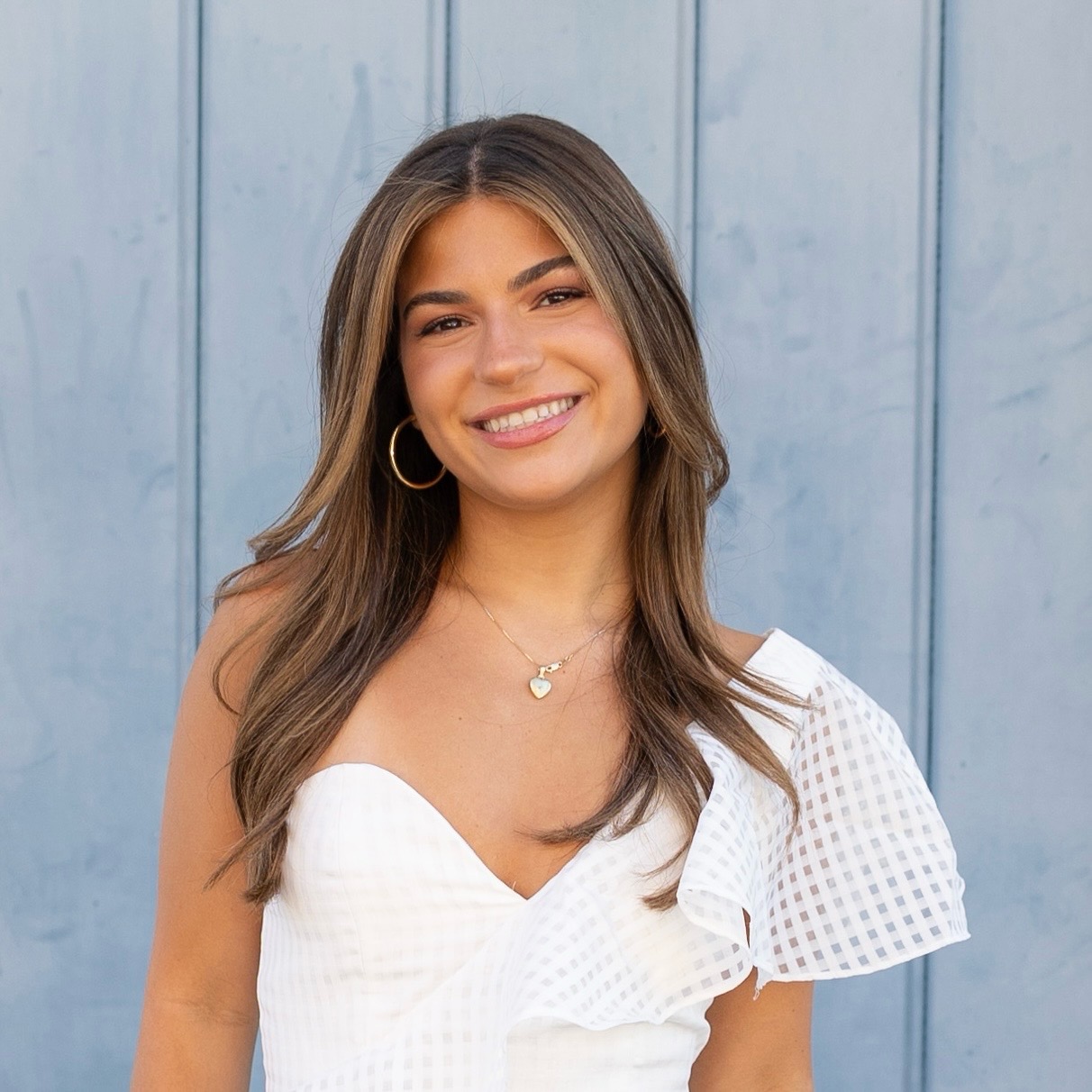
Emma Aerin Becker is a Freelance Beauty Writer at Marie Claire, where she deep-dives into makeup, skincare, and hair trends, rounding up the latest and greatest products. She has a lifelong love of style and beauty — especially when it comes to the way the latest trends and must-have products intersect with celebrity and culture. Emma also works for People magazine as a writer on their parents team, where she stays on the pulse of pop culture and covers breaking celebrity parents news daily. She has been working in the industry for four years, covering topics such as beauty, fashion, pop culture, celebrity news, and entertainment. Her words have also appeared on The New York Post’s Decider.com, Aspen Magazine, Philadelphia Style, Boston Common, Capitol File, College Fashionista, The Crescent, and ViaNolaVie.